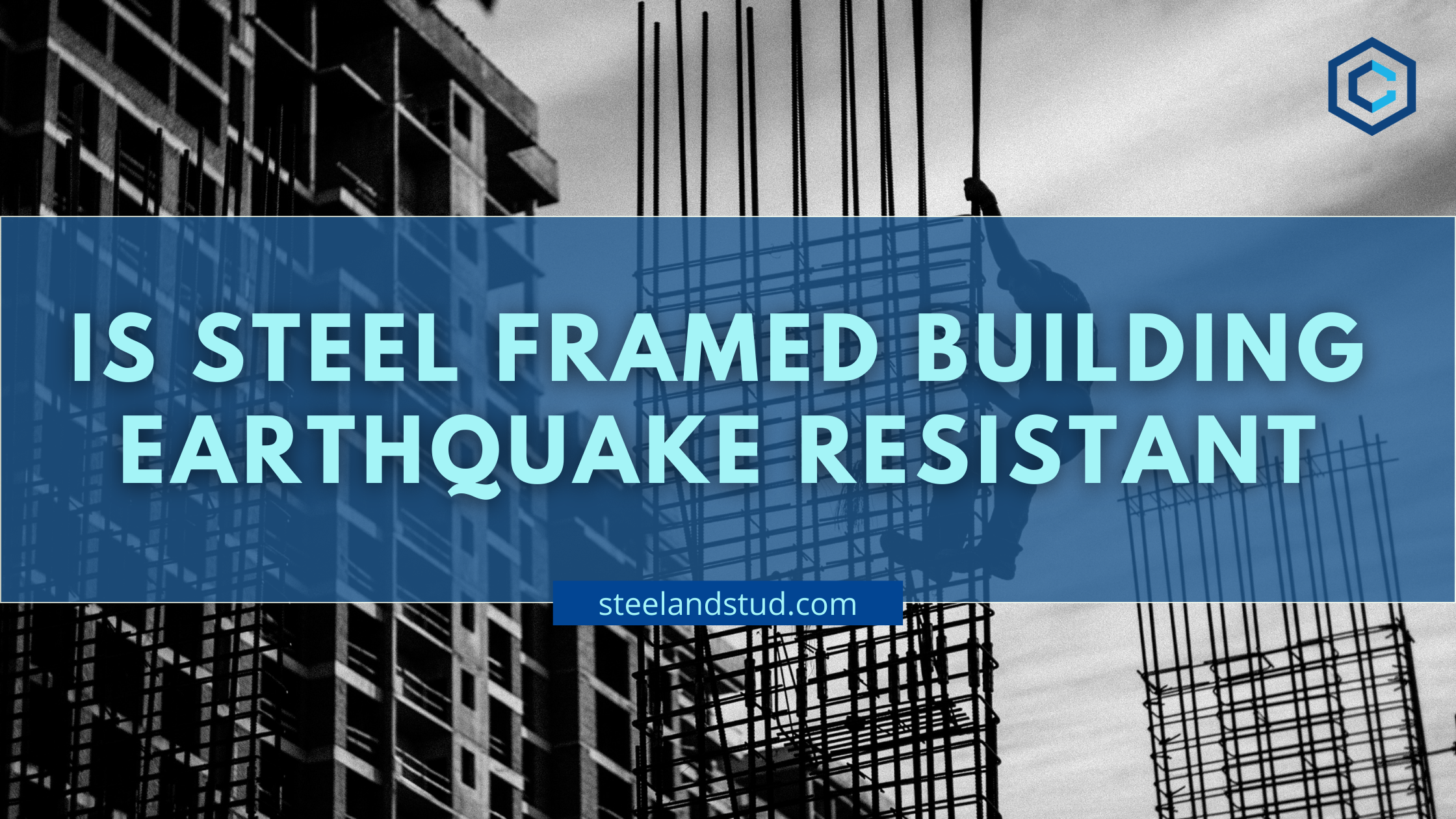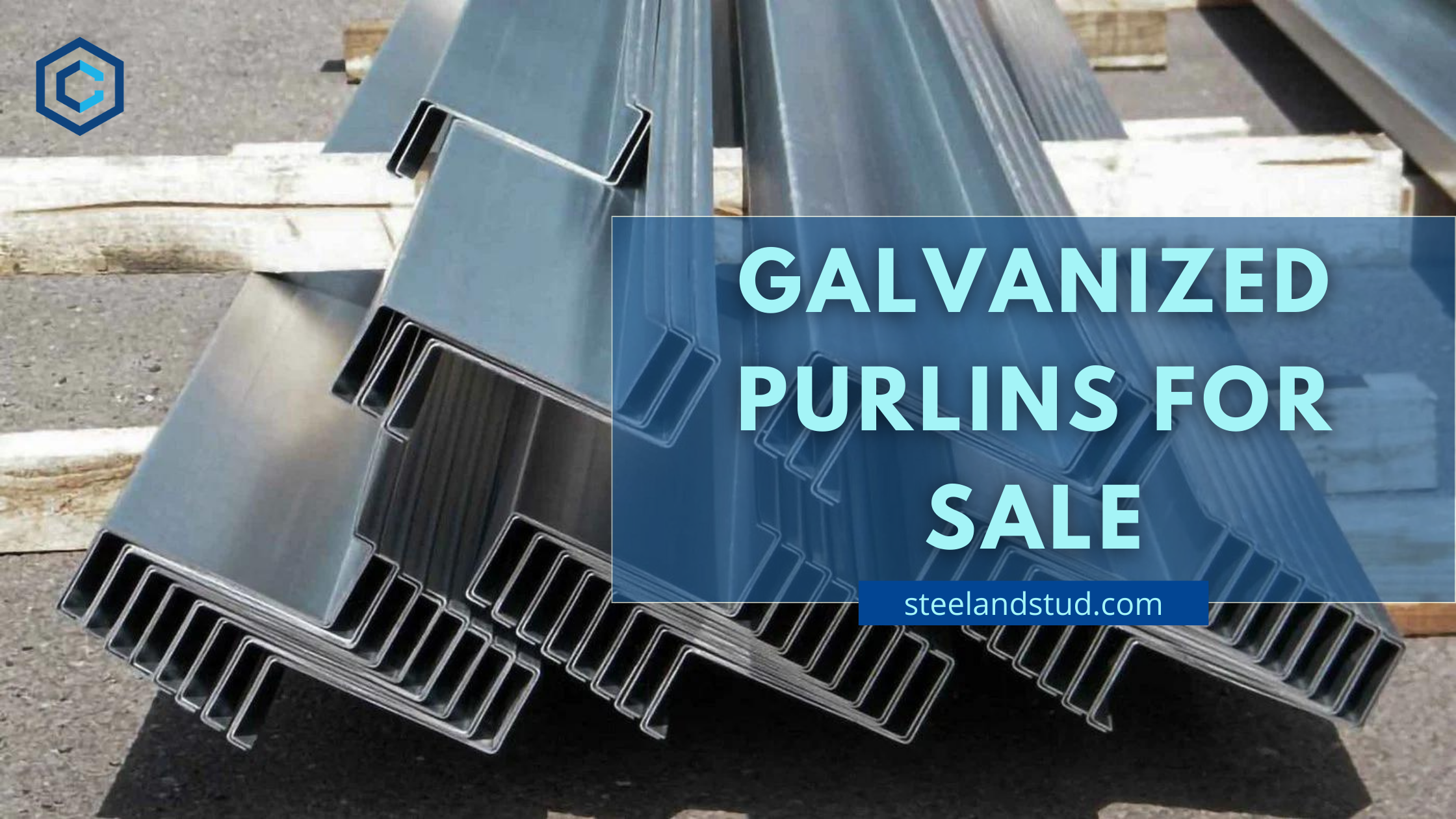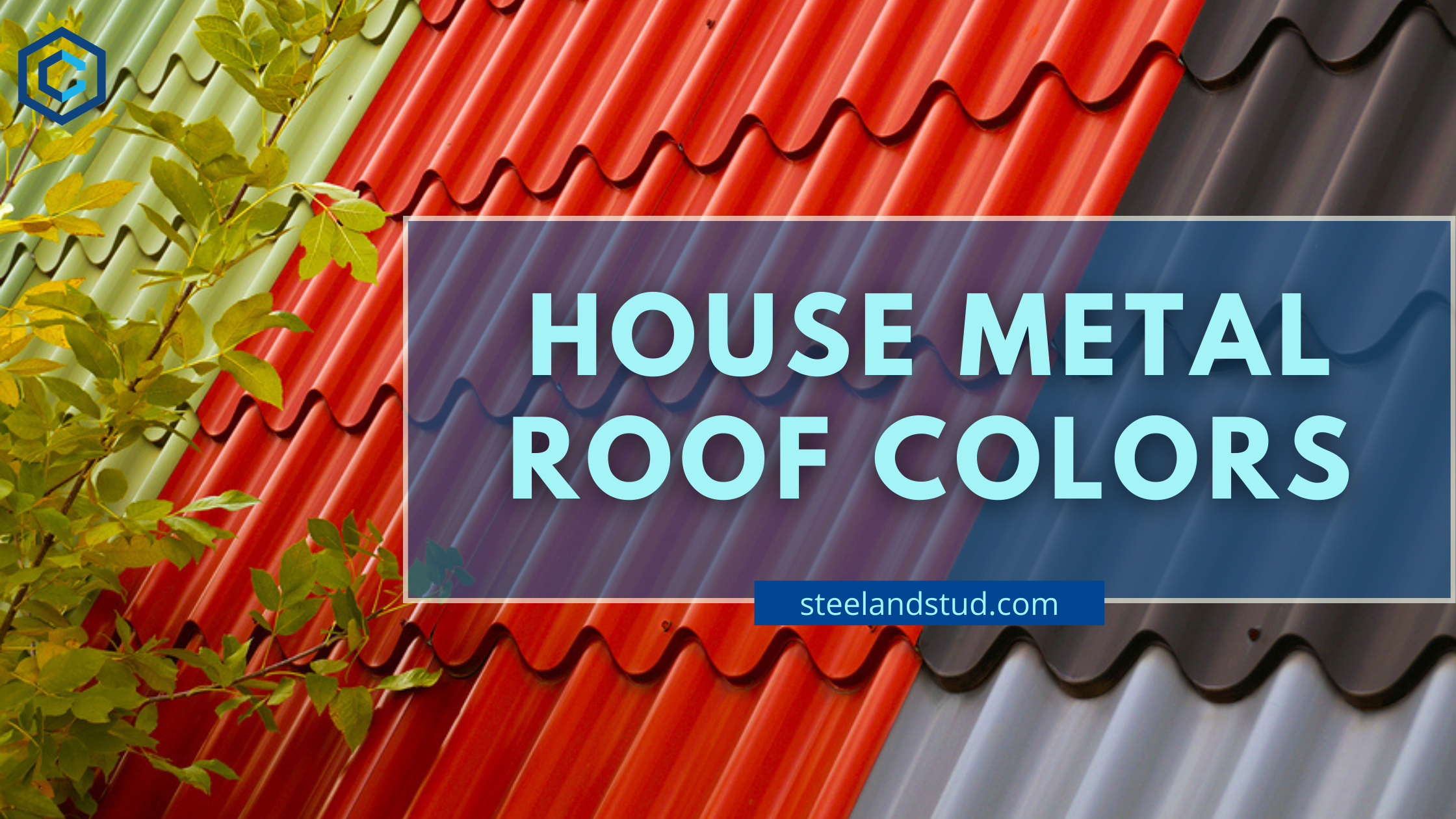
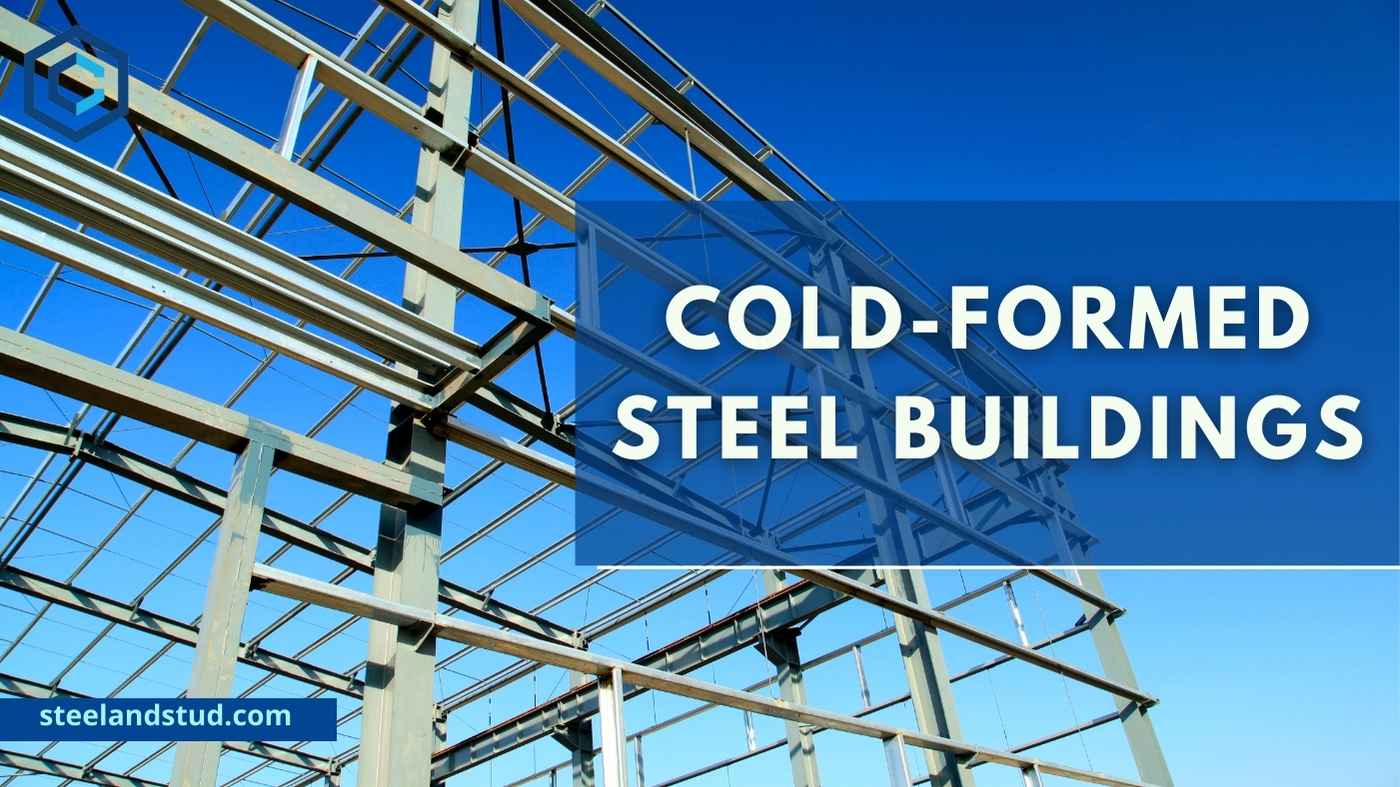
Cold Formed Steel Buildings: A Comprehensive Guide
- Kunal Singh
In the metal industry, technological advancements have yielded a new type of steel, making the building installation process more secure and quicker. The new material is cold-formed steel (CFS). Cold formed steel buildings are robust, durable, and lightweight. These qualities make them a favorable material for a wide range of applications in metal buildings, warehouses, red iron buildings, and barns.
Table of Contents
Making of The Cold Formed Steel
Usually, cold-formed steel does not have any welding; instead, all the components of the cold-formed metal are created using cold procedures such as squeezing, trimming, and twisting.
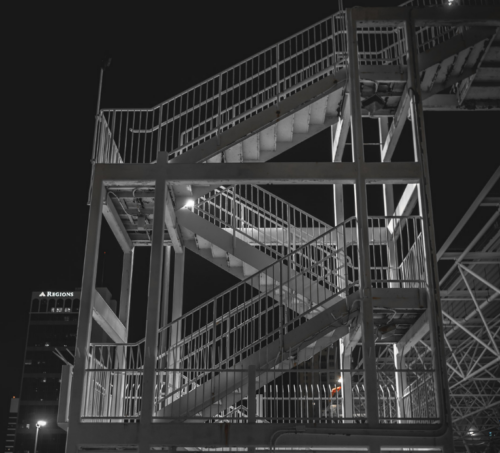
The “C” shape steel bars are used to erect a steel structure completely. The steel bars are settled on the bay with various other building construction components such as cross braces, knee braces, and apex braces, among others.
The cold-formed steel structures can easily overcome storms, fire, floods, and snow, among other extreme weather conditions.
Cold-formed steel is complex, so you cannot design it without proper precision. The professional experts at Steel and Stud consider many factors while designing cold-formed steel. With advanced technology like CAD software and more, designing and laying out the foundation of Cold-formed steel becomes prominently easier.
Experts perform proper quality control measures. Why? Safety is one of our biggest concerns, and we ensure that there are no damages. At Steel and Stud, we pay attention to design and precision during the manufacturing process to deliver the perfect result. The extensive manufacturing process and numerous solutions provide a higher edge to complex problems, thereby determining faster results.
Cold-Formed Steel Buildings
Many engineers and contractors prefer to use cold-formed steel over hot rolled steel. Since hot-rolled steel is manufactured under high temperatures, it results in steel welding joints. On the centrally, cold-formed steel is created in standard forms such as steel plates, columns, and strips, that do not need any welding.
At Steel and Stud, we offer CFS in varying thicknesses, which makes you meet your steel building requirements. Therefore, the quality of your steel is assured that it will remain consistent over decades without getting destroyed by fire, moisture, timber, or rust. Since cold-formed steel building results in high standard buildings, the buildings are seismic proof and are able to withstand strong winds.
Composition of the Cold-Formed Steel
The CFS component is made from at least 25% recycled steel. Others use up to 75% recycled steel, which is a contribution to the green building.
Cold formed steel begins with the production of raw steel, obtained from a combination of iron ore and steel scrap, with added small amounts of carbon in a Basic Oxygen Furnace (BOF) or the Electric Arc Furnace (EAF).
Cold-Formed Steel Building Kits
Our steel framing system is friendly to your preferred design and thus, does not limit you with the type of outside you want to achieve. The engineering structural framing packages can be made in any size and shape, which leaves you to choose the siding and roofing type that you want.
The kits are not heavy to handle, making them not require any heavy concentrated loads for the concrete foundations or heavy equipment. Gable, hip roofs, or non-conventional shaped roofs are not a problem since our material is able to adapt to any features.
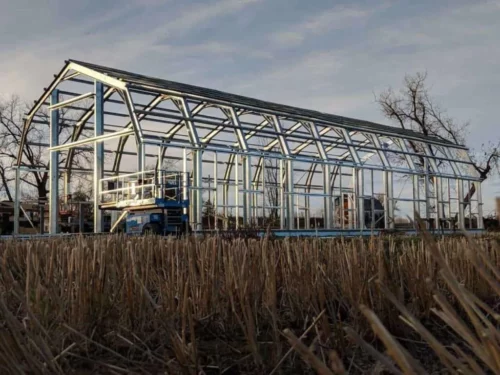
Add door and window openings, partition the walls from the interior, overhangs, etc.
There are a lot of advantages to using our energy-efficient steel system, especially when using spray expandable foam insulation or even the blown in cellulose or other related blown insulations that create high energy efficient R values. This method proves to be perfect for such structures, which ultimately provides energy savings.
Why choose cold-formed steel?
The CFS has no standard sizes, meaning you can customize the steel to desired length, height, and width.
Our kits are sold with a step-by-step instruction manual designed to ensure that you have an efficient and easy time assembling your kit. We also have videos that you can watch and follow step by step. This saves your cost since you can do it yourself; hence no need to hire a contractor.
All kits come with the Site Specific stamped Engineered Drawings that help you meet the requirements of your local building code. Included are the stamped drawings of your slab, foundation, and piers.
We offer a fully complete kit that has all the hardware and material that is needed for assembly. The material includes the needed steel and anchor bolts; thus, no welding is required.
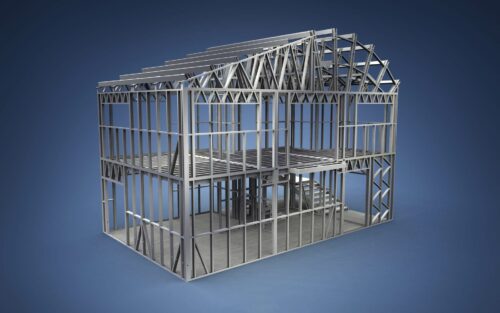
Our materials are 25% recycled from steel; thus, ours promotes green building.
Shipping can be done within 48 states and internationally too.
All materials are made in the USA.
Cold Formed Steel Framing Costs
Cold formed steel buildings structures come in varying sizes and designs, which you can select according to your interest. Steel and Stud offer you the freedom to select the length, height, and width of the cold formed steel buildings structural framing.
Costing
After you have selected your desired cold-formed steel framing material, then the total cost is calculated. Customization is allowed at Steel and Stud. Interestingly, we do not charge for customization. Instead, we only charge for the building that you desire to install.
Notably, Cold formed Steel building framing varies according to the order of our clients. You can get a quotation with an accurate quote for your desired order from us.
Advantages of Using Cold-Formed Steel Framing
- Cost-effective: CFS framing is undoubtedly a cost-friendly method of building. Cost-effectiveness is achieved through lower insurance rates, thus fewer obligations on insurance. Shorter project cycles reduce the costs that would be associated with installation. Predictability ensures one is financially prepared and has improved design efficiency.
- Durable: Installation of cold-formed steel buildings gives you the advantage of durability. CFS steel is resistant to fire, corrosion, vermin, and mold, which gives the building a longer life than any other building material.
- Sustainable: Usually, CFS frames contain at least 25% of recycled steel – while more often, it contains 70% recycled steel. Besides, it meets the highest sustainability requirements of all the major green building standards and rating programs.
- Non-combustible and resilient: Cold-form steel framing is resistant to extreme weather conditions and is non-combustible hence resistant to fire and resilient to seismic loads, ballistic penetration, and blast threats. With all these capabilities, CFS framing is undoubtedly one of the most resilient building materials available.
- Easy to Install: CFS is light, which makes its shipping, handling, and assembling easy to do. In a controlled environment off the job site, the CFS wall, roof, and floor sections can also be assembled. This helps to avoid unnecessary weather delays that would have otherwise occurred.
- Design Flexibility: When you get a building of your own, don’t you wish it looks a bit like how you want it? Well, that’s where these extensive cold formed steel buildings come into the picture. As the owner, you have complete flexibility in manipulating the design as per architectural requirements to meet your standards. One great advantage is that since it is so easy to manipulate the designs here, you can be as innovative as you want. Whether you’re looking for a curved wall or complex geometry, as long as you opt for a cold-formed metal building, you don’t have to worry about it. One extra perk you’d get unknowingly is that these are extremely strong.
- Superior Galvanized Framing: Galvanizing your steel buildings adds to enhancing the structure. This plays an important role in making the property resistant to corrosion and rust. With the help of superior galvanized framing, your steel buildings will get protection against harsh weather conditions. Durability and longevity are two major perks you’d receive when you galvanize your steel building frames. Guess what? Galvanizing these will also help avoid regular maintenance, saving money and time.
- Recyclable: Do you know which one is the most recyclable material in the world? Steel. Comparatively, this is one of those elements with around 90% of the recycling rate. Although steel buildings can last long, they will come to their life’s end at one point. What do you do in such a case? Go ahead and replace it. Steel buildings can easily be repurposed and recycled, thereby promoting the concept of sustainability. What’s great is that these cold-formed steel buildings contribute to the environment safely.
Applications of Cold-Formed Steel Buildings
Isn’t it surprising how efficient these cold-formed steel buildings can be? Over the years these have become extremely popular because of their various applications. So, what are those? Check them out below:
- The cold-formed steel buildings should be your #1 choice for residential properties. Considering how lightweight these are, the cold-formed steel frames are an ideal choice for roofs and walls.
- Not only residential but cold-formed steel buildings can also easily suit the purpose of commercial spaces like warehouses, retail spaces, and offices. You can easily customize the space to make the property more usable.
- Since steel buildings are easily recyclable, cold-formed ones are becoming popular as retrofit and renovation properties. Not only are these buildings open to modification, but they are also very lightweight. You can easily reinforce the structure to enhance the performance.
Regulations and Standards for Cold-Formed Steel Buildings
You cannot indulge in building cold-formed steel buildings on your own if you’re not following the regulations. The government or respective bodies lay down the standards and regulations to ensure proper safety.
1. Building Codes and Regulations
Building codes are of utmost importance as they hold significance. While laying down the cold-formed steel buildings, following the International Building Codes is important. Here you can get all relevant information regarding the construction and design of cold-formed steel buildings. This helps in withstanding the safety requirements.
2. Industry Standards and Guidelines
The construction industry requires certain guidelines and standards to follow while setting up the building. While setting up your cold-formed steel building, you can follow the guidelines from organizations such as Steel Framing Industry Association (SFIA) and the American Iron and Steel Institute (AISI). Under these industry standards and guidelines, you must follow the connection details, construction technique, and material specification. You can contact Steel and Stud professionals to know about the process.
3. Certification and Testing Requirements
How would you know how safe your cold-formed steel building is unless you test it? You must know the testing procedure and eventually opt for the certification. You can take certifications from respective organizations regarding fire resistance and structural integrity.
Pre-Engineered Metal Building vs. Cold Formed Building
A Pre-engineered metal building and cold-formed building have a lot in common, from how they look physically and the designs they are made into.
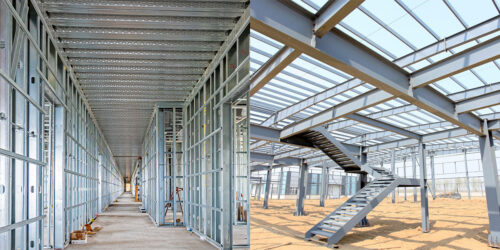
However, since the two use different materials, they, therefore, differ in as many ways as the similarities are. Below are some of the differences that the two exhibit.
What are the differences between the CFS and pre-engineered metal buildings?
Production of Their Materials
CFS and steel may sound to be made from one material which is steel. However, CFS is manufactured differently, which is primarily why we have the difference.
Molten iron is created into structural steel beams, which have a profile of a cross-section giving it extra rigidity. Cold-formed steel is also made from iron, but instead of the cross-section profile, it is made into thin strips that are later cooled. The cooled steel is then combined into the desired thickness; then, a protective coating is applied.
Beauty
Although some manufacturers view cold-formed steel as a sight to behold, others tend to think differently. However, this is a practical solution held behind the scenes, and thus, applications behind the walls, on floors, and on the ceilings bring the much difference observed. On the other hand, exposed structural steel can be made into stunningly beautiful designs.
Design Flexibility
Design flexibility is another significant difference that distinguishes structural steel and CFS. Heavy structural steel columns have difficulty in small spaces, and eventually, they take up a lot of valuable space.
However, cold-formed steel can excel very easily in both small and medium size spaces. Access holes in CFS allow for fewer unsightly bulkheads and thus, saves space.
Weight
Structural steel and cold-formed steel vary in weight. Structural steel sounds bulky and heavy because it is. While moving the structural steel, you are required to precisely deliver it on a flatbed trailer and a series of crane lifts.
For the cold-formed steel, the wall panel or joist can be picked up by several crew members. It can move easily without needing special machinery. Besides, the CFS has the highest strength-to-weight ratio compared to any other construction material.
Installation Speed
Installation of a building can be time-consuming, tedious, laborious, and at some point, it can also be a very stressful process.
When using structural steel, be sure that you must do some welding, bolting, or riveting. These processes consume a lot of time.
However, cold-formed steel installation will use essential installation equipment, and with a crew of two, they can do a lot of work.
Cost
Production per unit cost is lower in cold-formed steel as compared to the same cost in structural steel. The reason for this is that structural steel weighs more than CFS.
Besides, the installation of structural steel has many processes – welding, bolting, and riveting – compared to cold-formed steel.
The lighter cold-formed steel is cheaper to transport, of course, due to its lighter weight.
Lastly, since cold-formed steel requires a smaller crew and does not need to have large cranes and special machinery to move, it is not labor intensive and is low on labor costs.
The Cold, Hard Results Are In
CFS is quite advantageous, and hence, it must be a choice to consider when constructing a metal building. Since the material is lightweight, has a greater strength, and is cheaper to install, many world-wide contractors are finding this material as an ideal material for metal buildings.
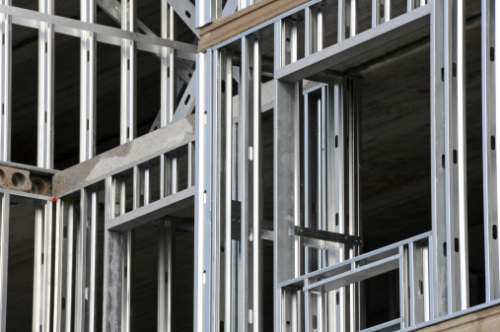
Steel and Stud are always on the front of the metal building industry to ensure that you get the latest and most efficient construction materials installed. You can purchase directly from the shop or visit our website for online purchases.
FAQs Related to Cold Formed Steel
Using the cold-formed sheet can be quite useful in forming floor decking, beams, joints, and built-up sections.
In the case of hot rolled steel, the roll formed is above the temperature of the material’s recrystallization. On the other hand, cold-formed steel will be rolled below the recrystallization temperature.
The cold-formed steel members can range anywhere between 0.373 mm to 6.35 mm.
Corrosion is one of the major problems that steel building owners face. Well, the good thing is if you have cold-formed steel buildings, the risk of corrosion will eventually disappear.
Since cold-formed steel has a plethora of benefits to offer, the price of these is slightly on the higher side.
Cold-formed steel buildings are recyclable, which makes them good for the environment.
Wood is cheaper, but cold-formed steel is on the winning side if you are considering long-term benefits.
You may also know cold-formed steel as a light gauge or metal stud framing.

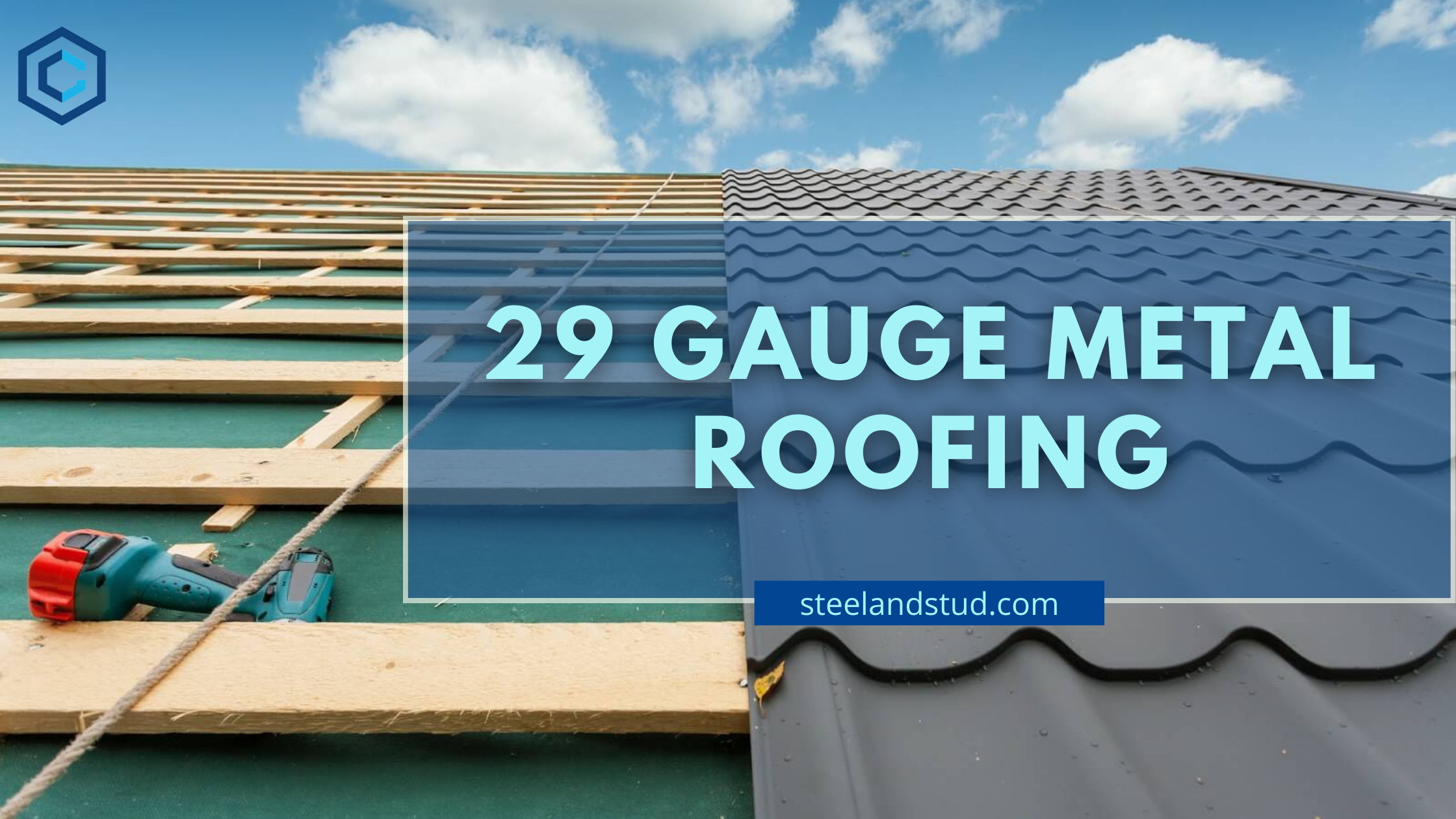
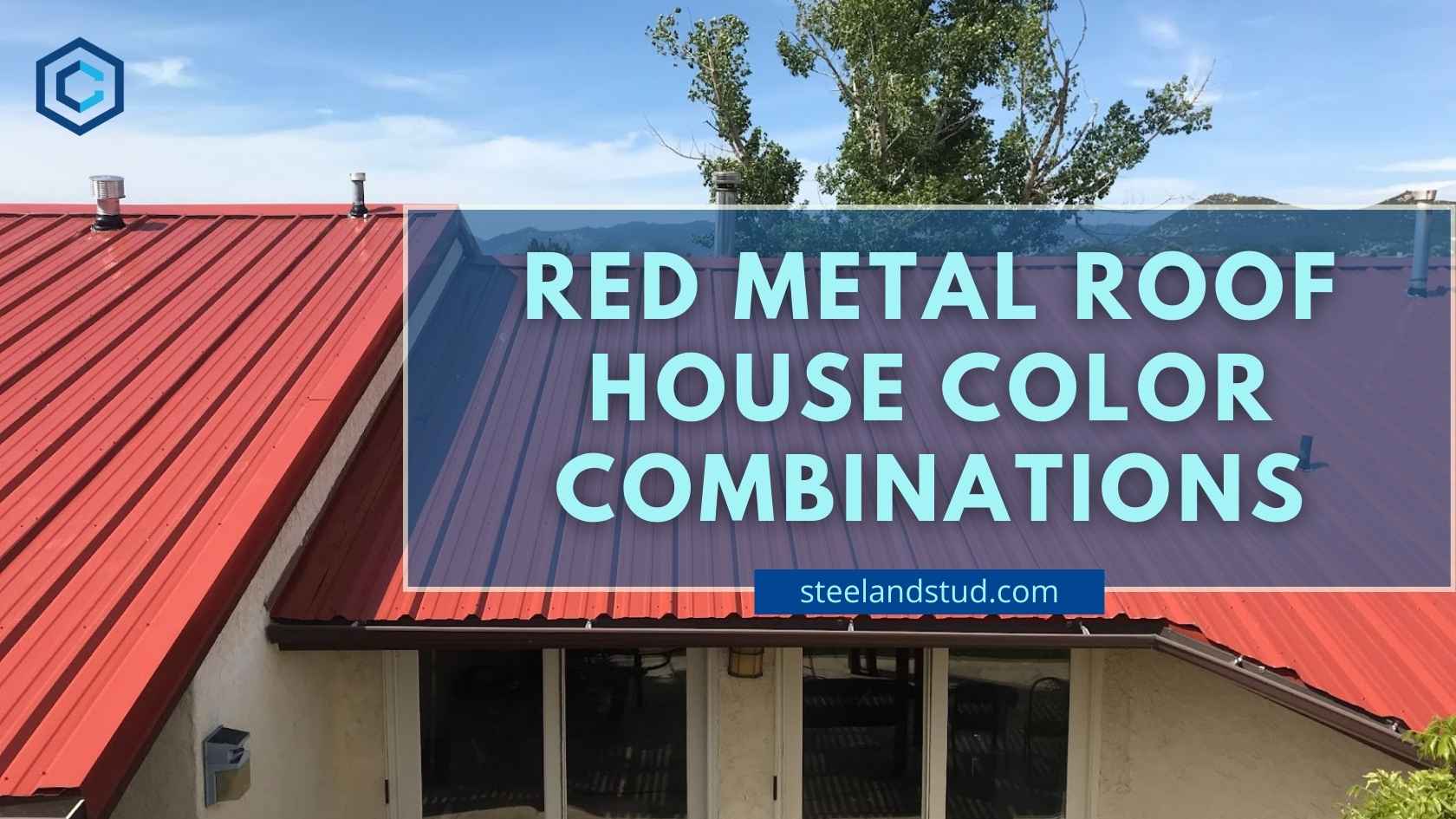
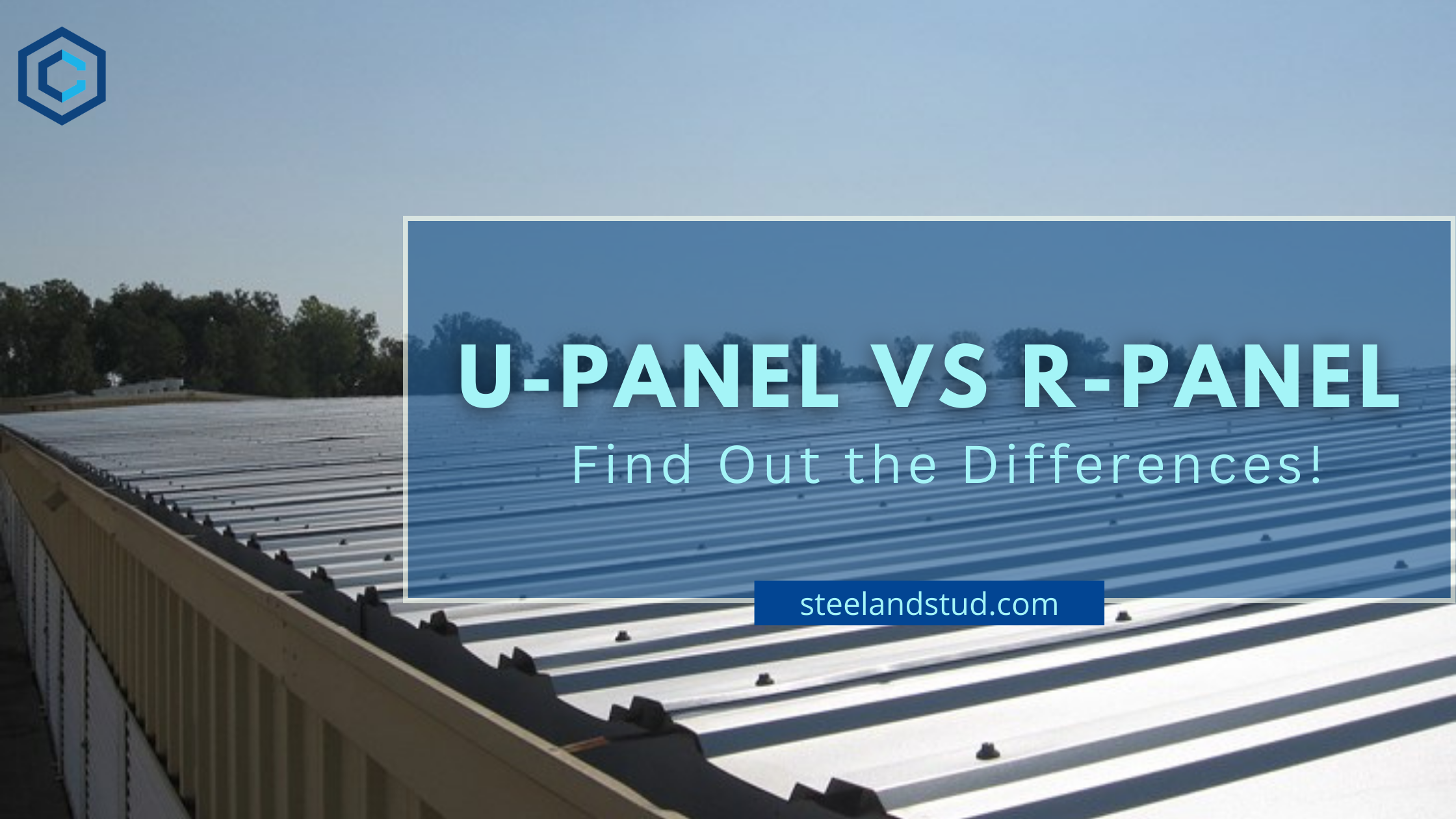
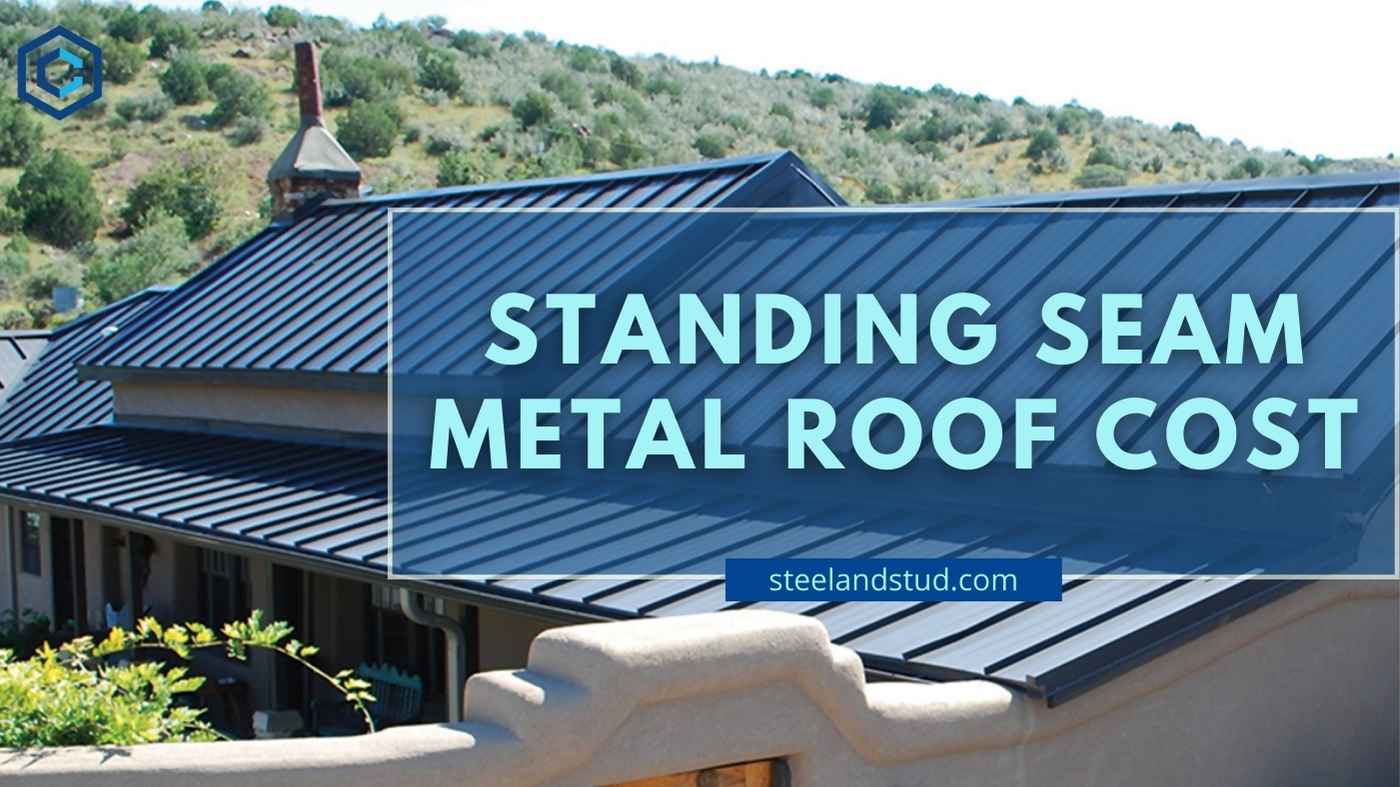
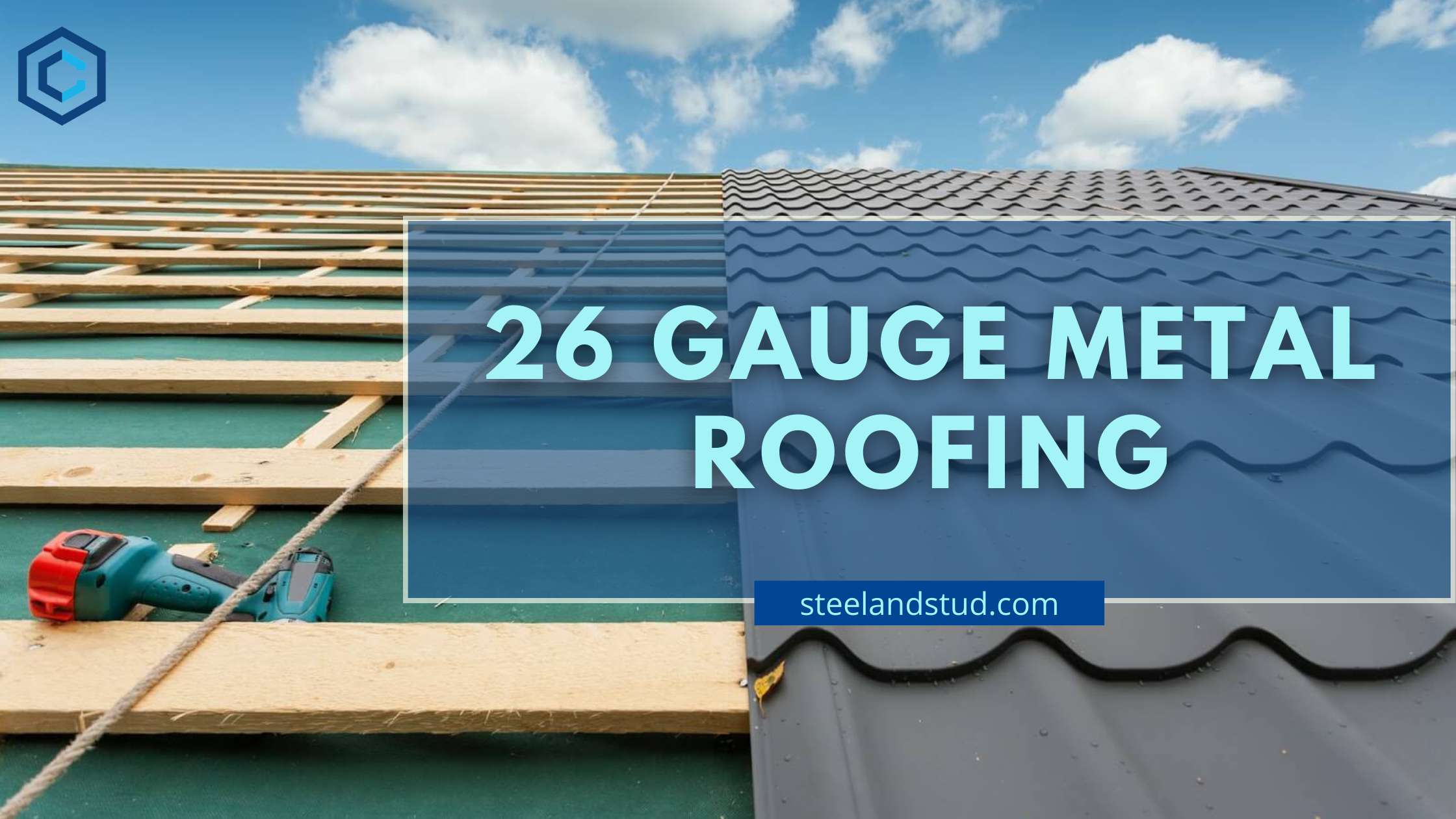
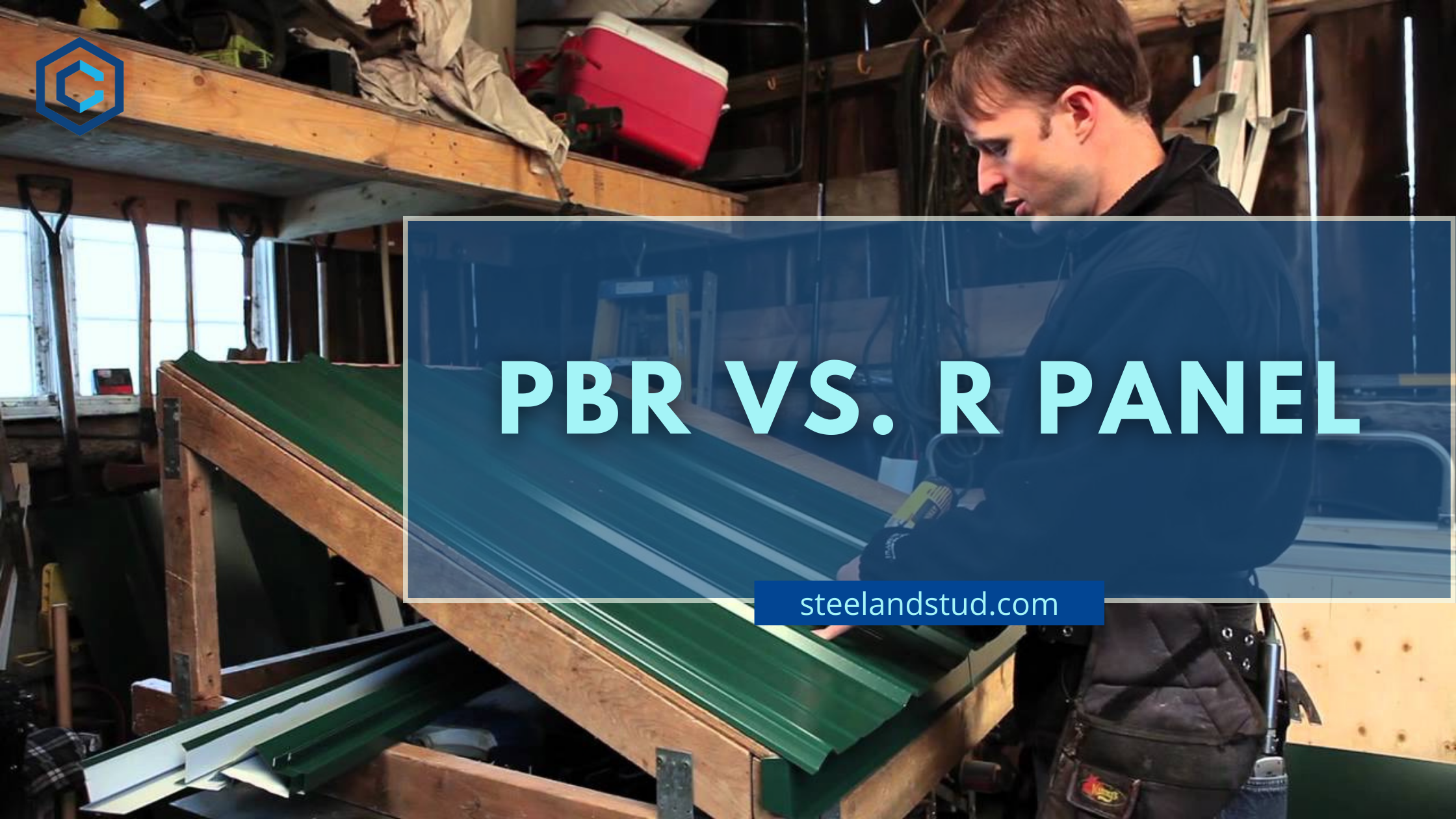
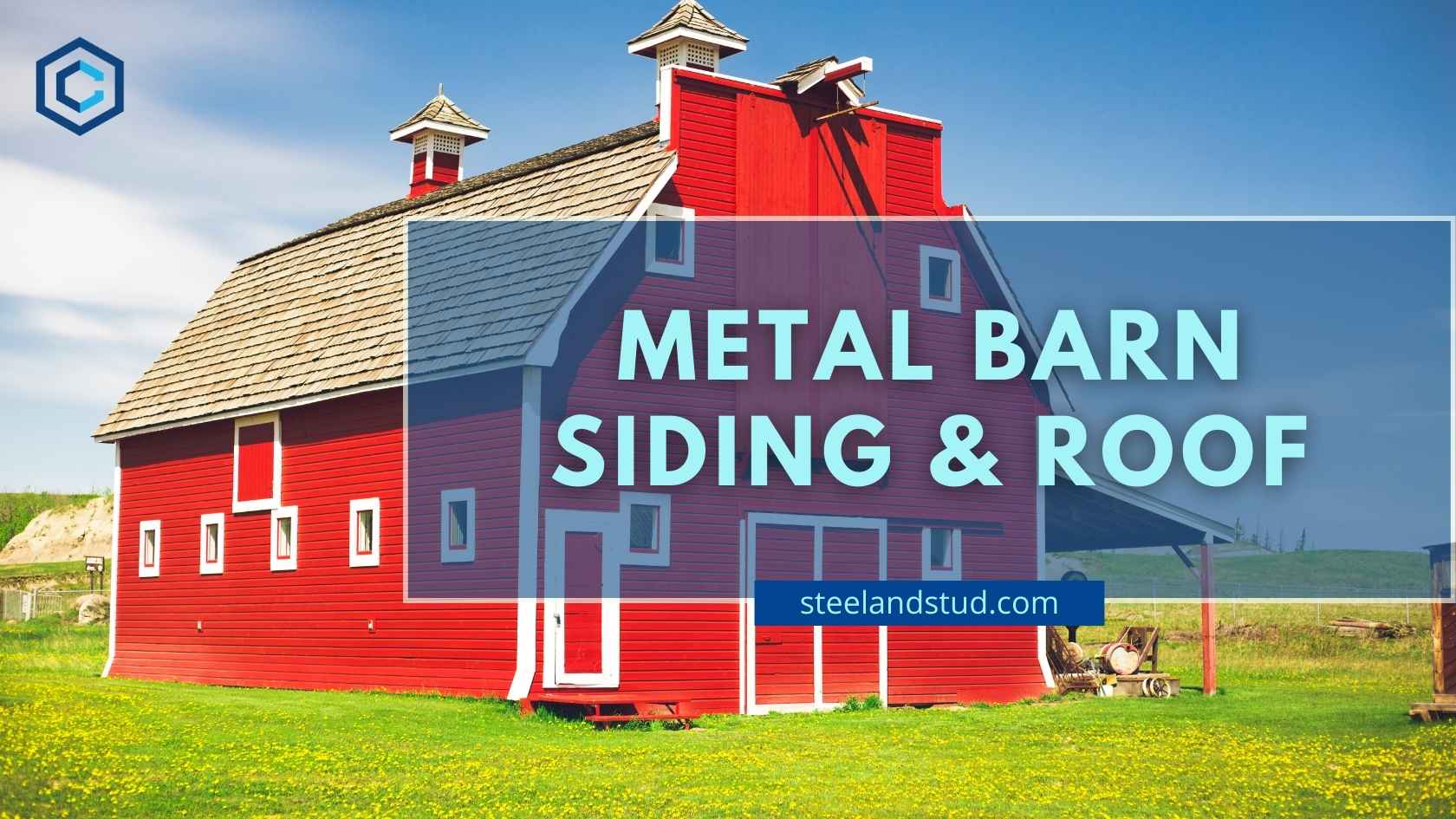
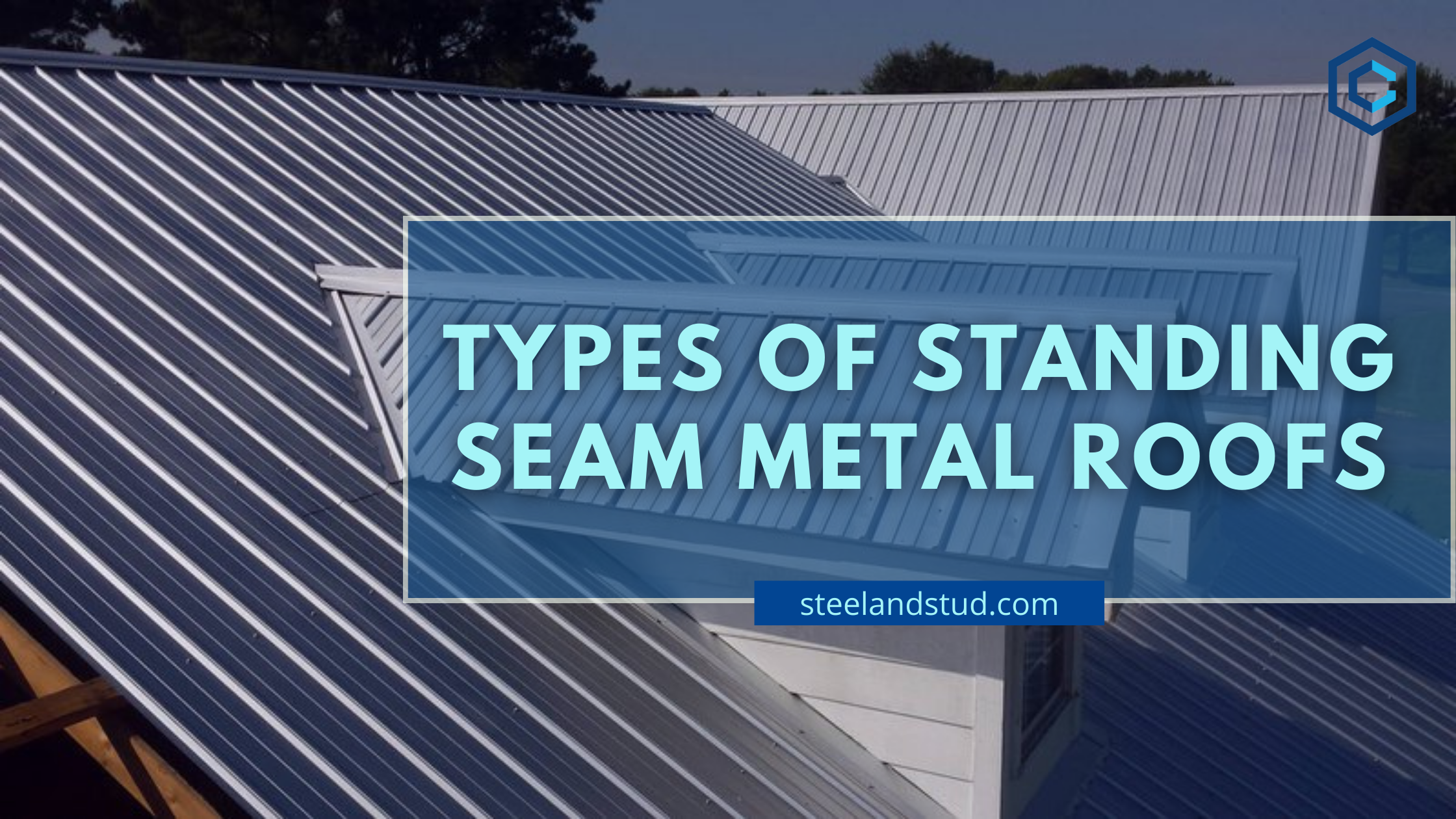
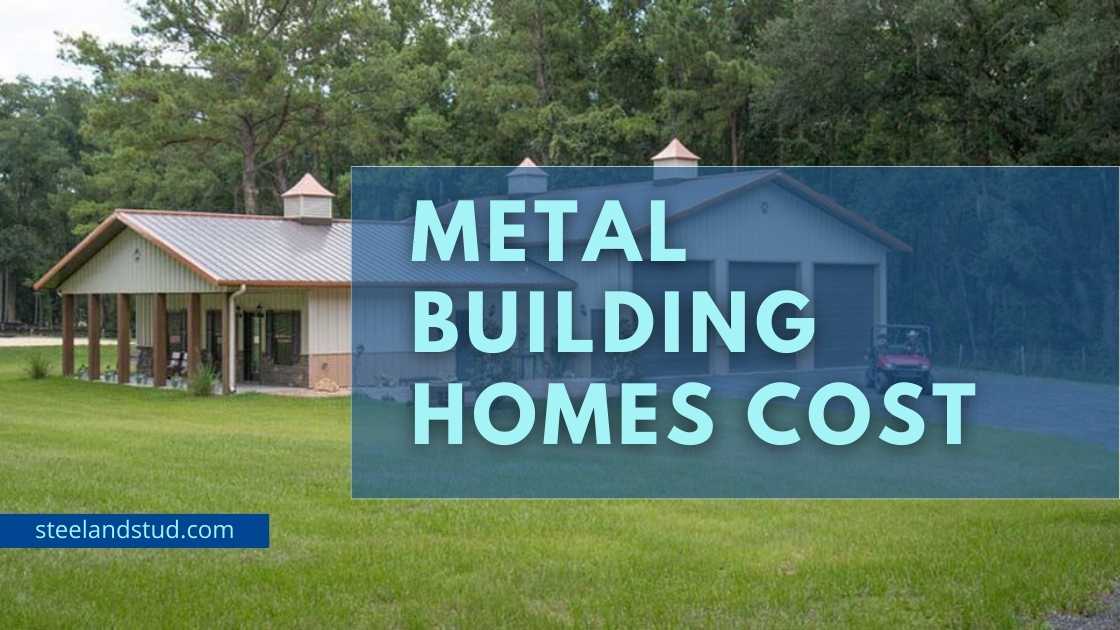
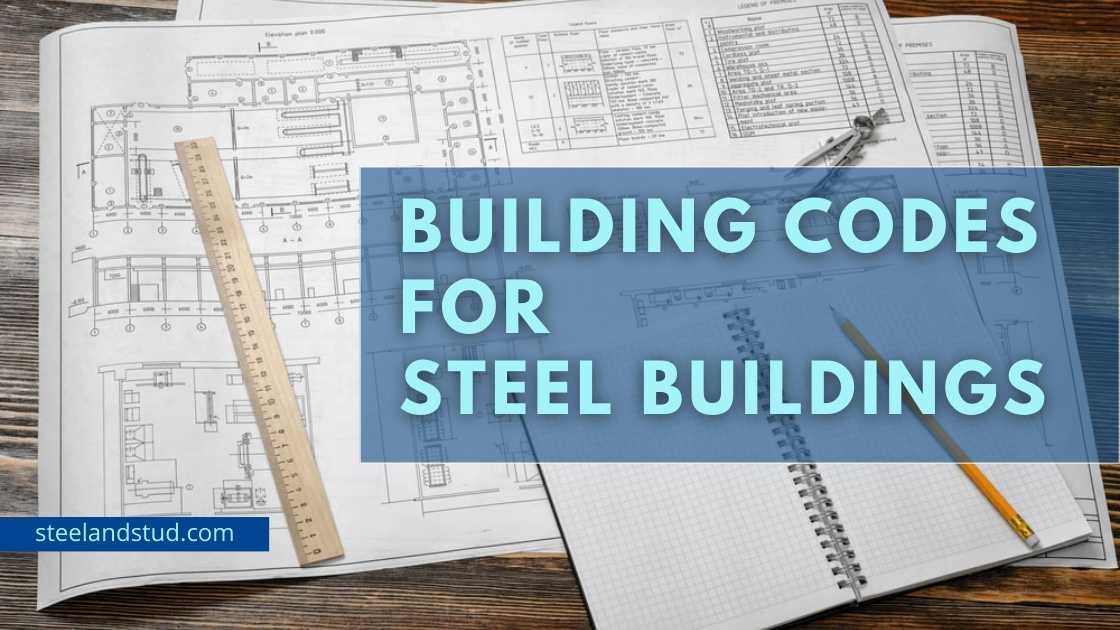
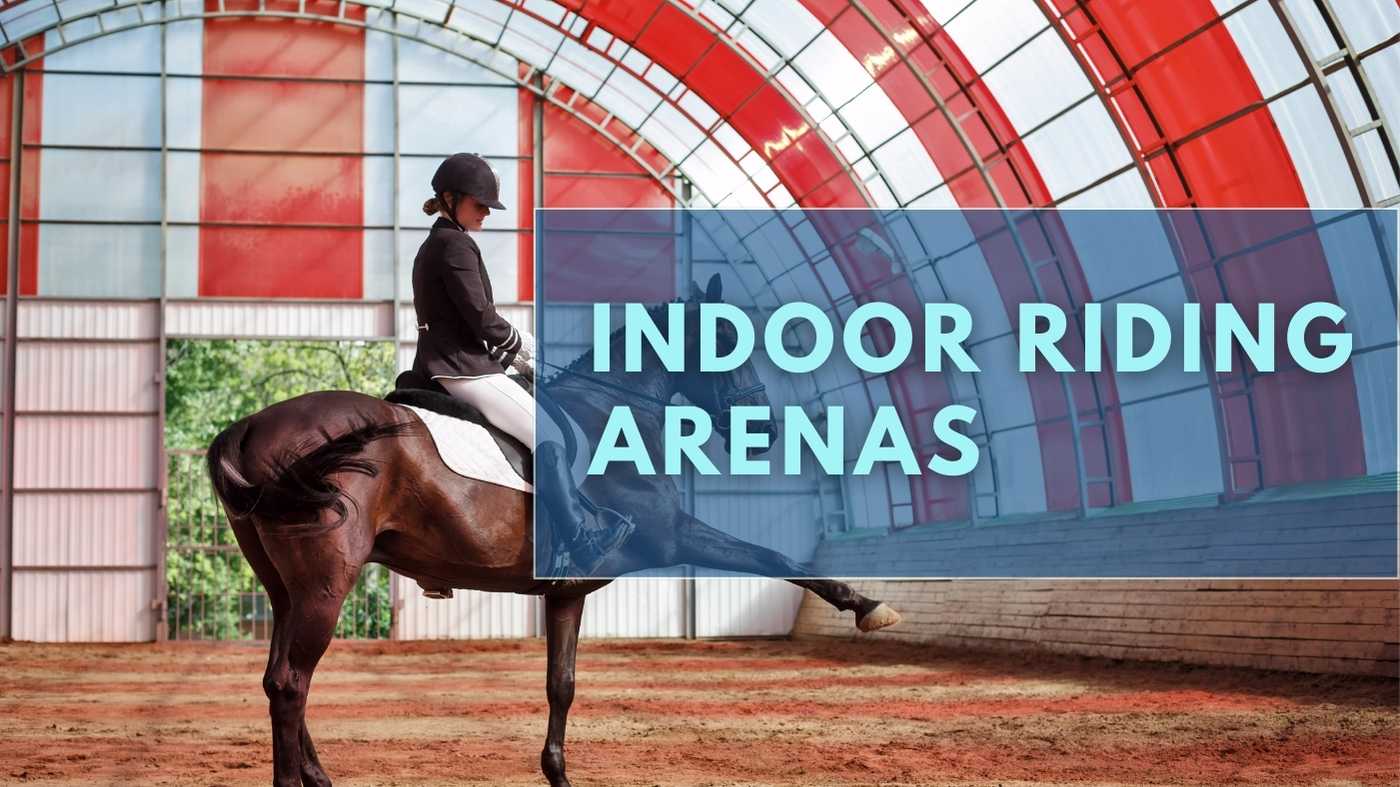
Indoor Riding Arenas: Types, Features, Benefits, and Cost
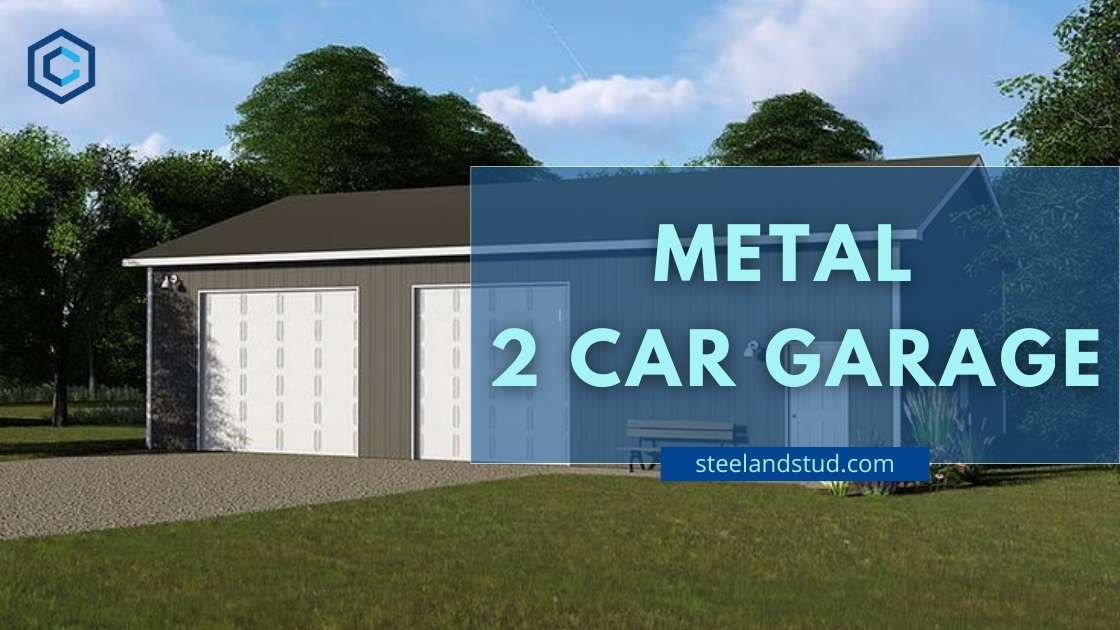
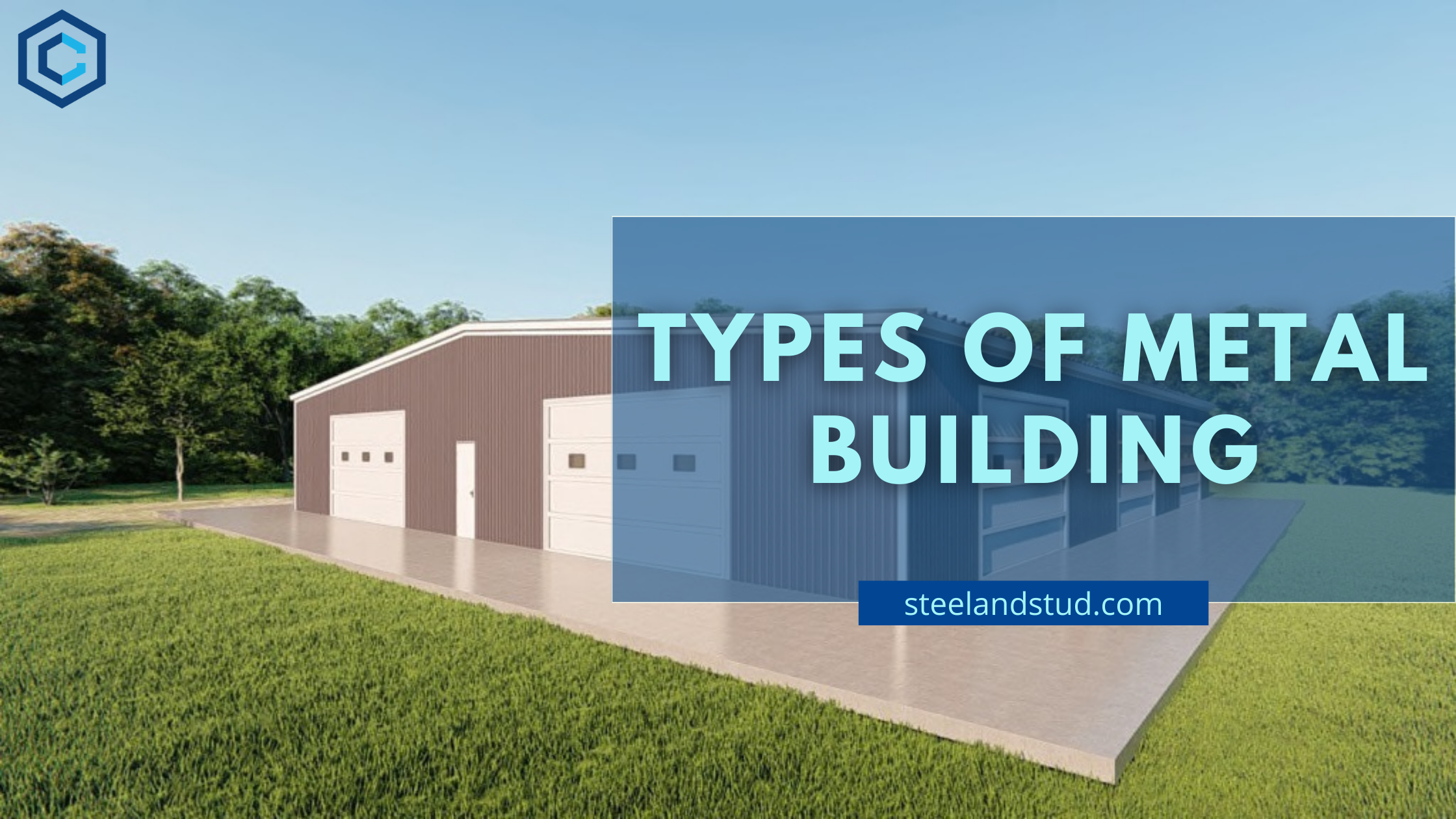
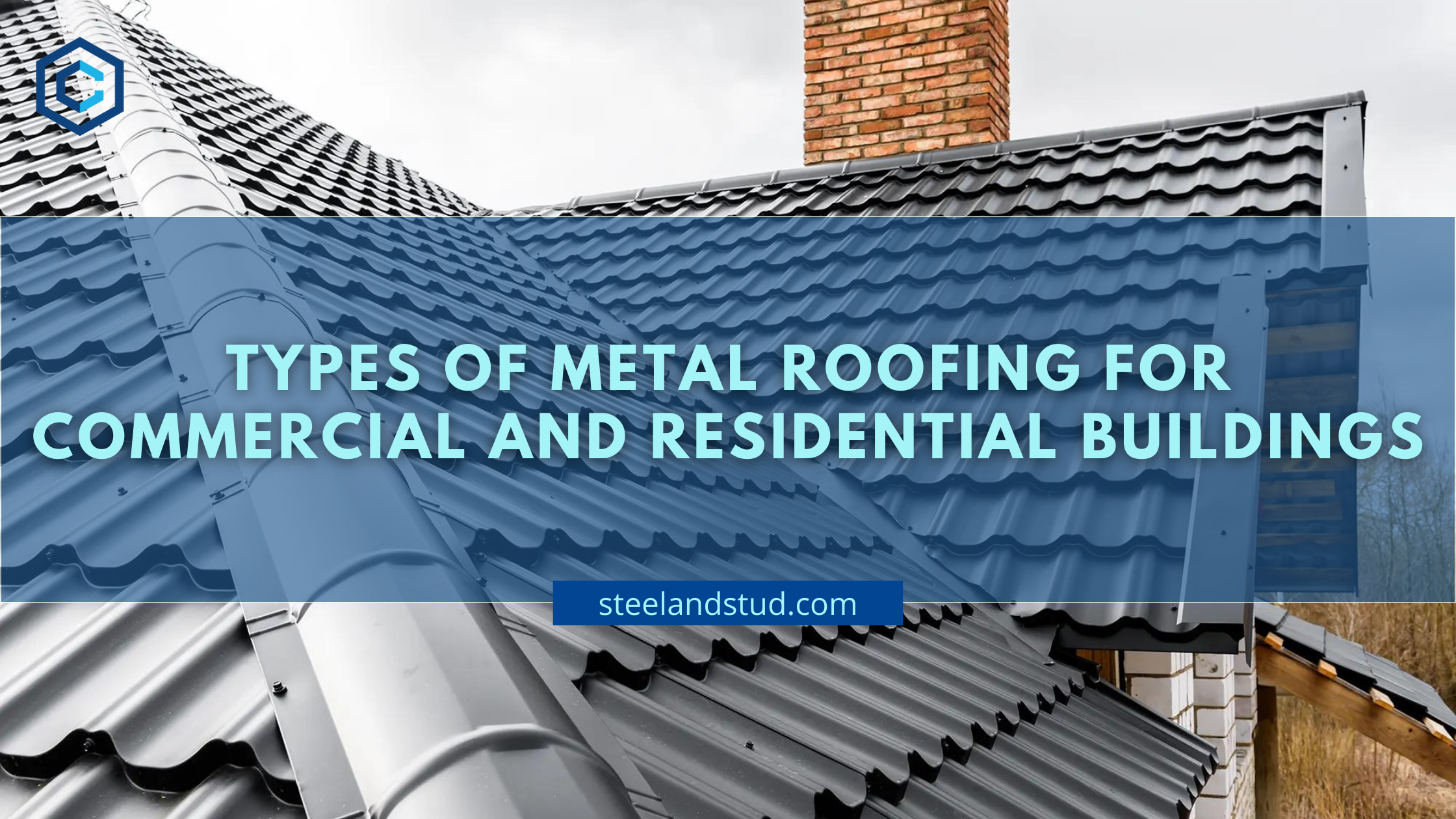
Different Types of Metal Roofing for Commercial and Residential Buildings
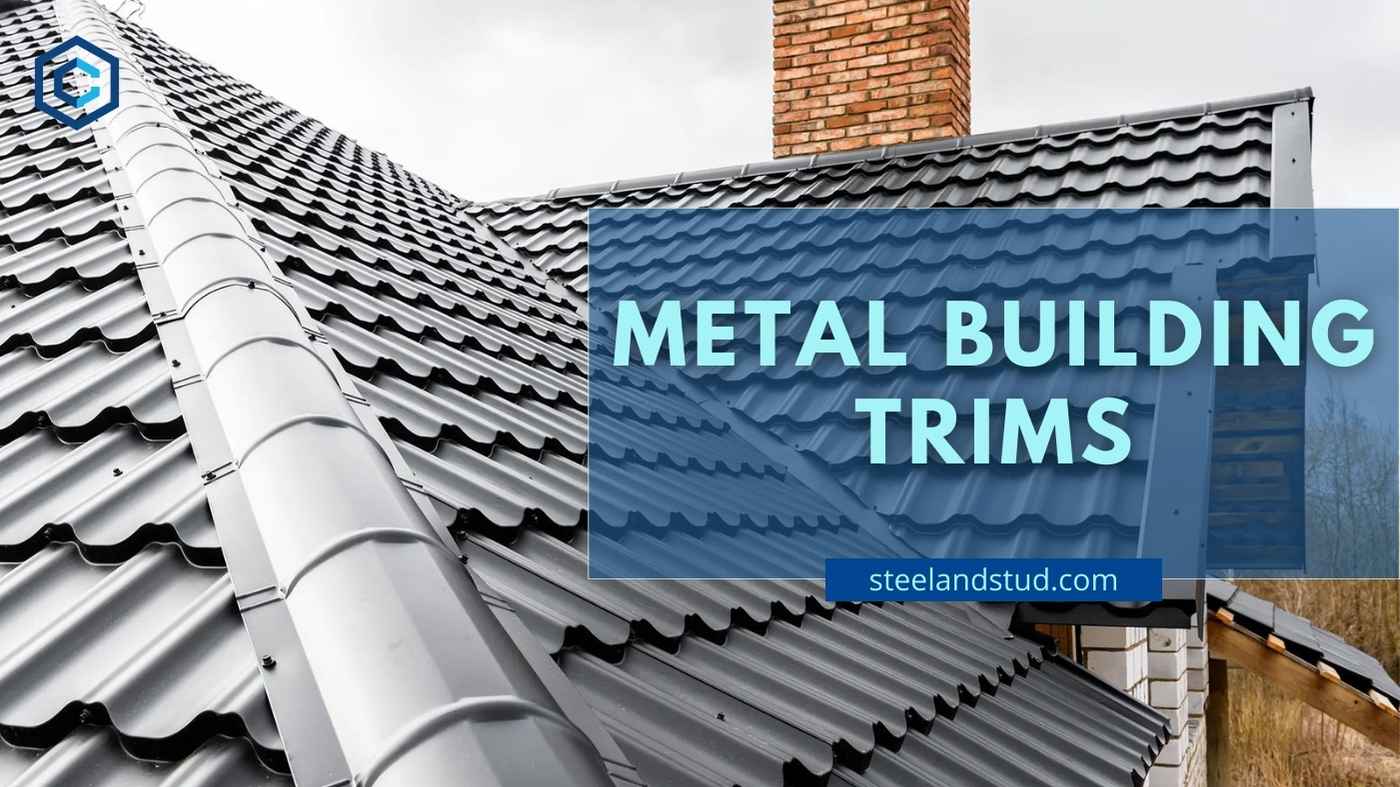
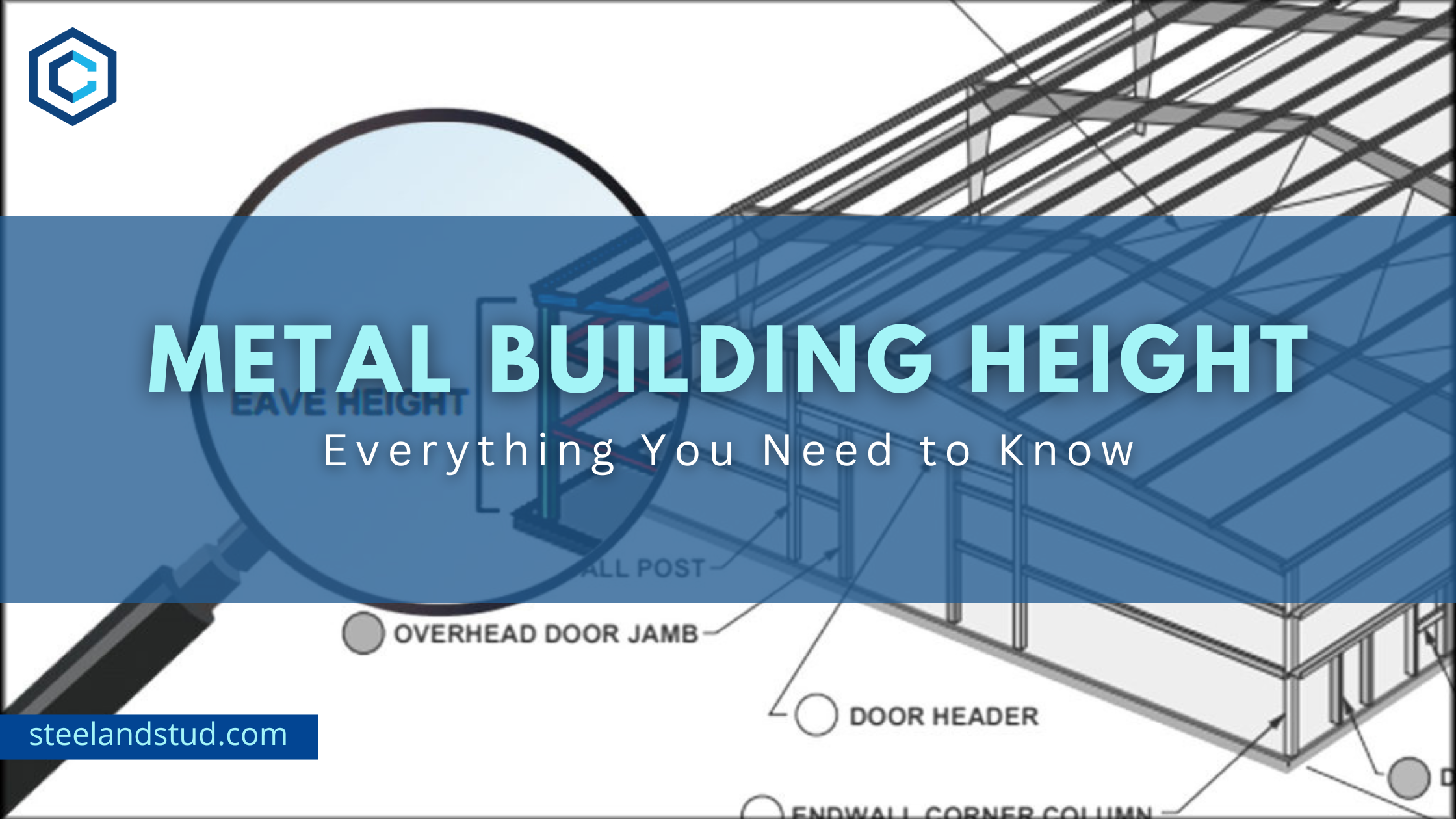
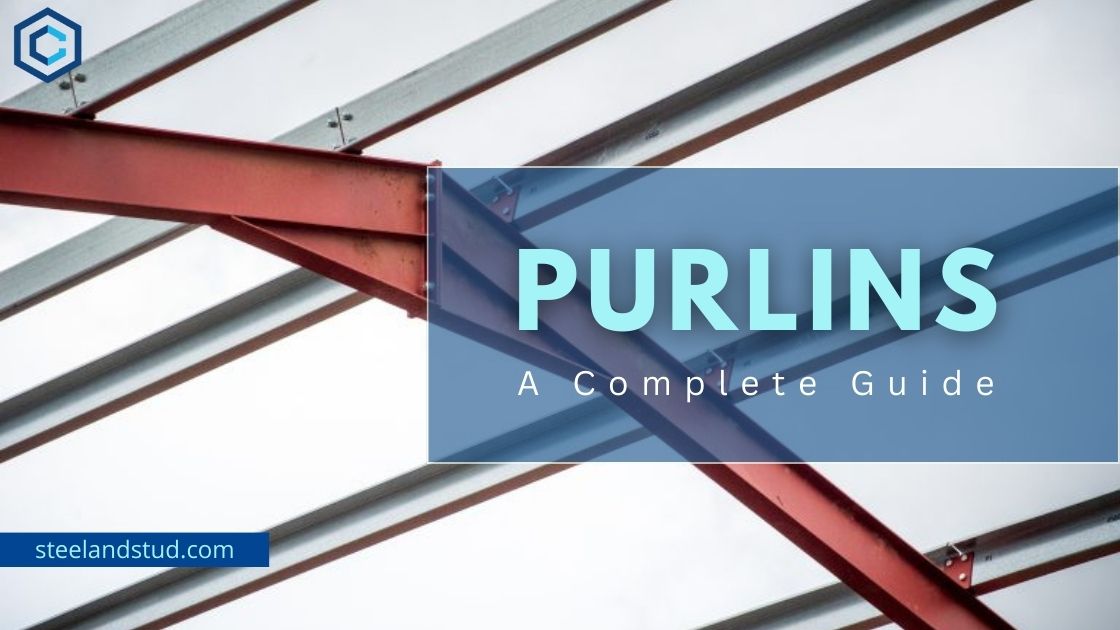
What Is A Purlin? Types, Sizes, Designs, Accessories & Cost
